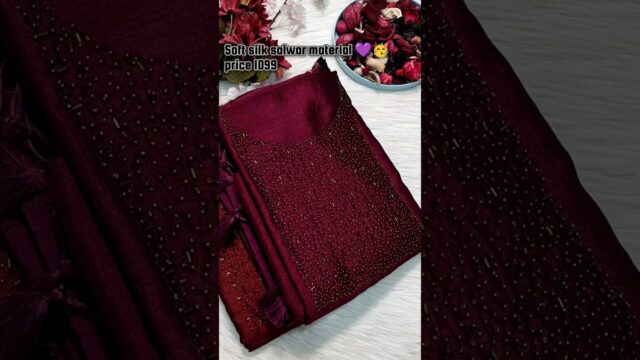Perceived Intensities of Normal and Shear Skin Stimuli using a Wearable Haptic Bracelet
46KPerceived Intensities of Normal and Shear Skin Stimuli using a Wearable Haptic Bracelet
As a researcher in the field of haptic technology, I am constantly exploring new ways to enhance the human experience by incorporating tactile feedback into digital interactions. One of the latest developments I have been investigating is the perceived intensities of normal and shear skin stimuli using a wearable haptic bracelet.
Traditional haptic feedback devices typically provide vibrations or vibrations to simulate tactile sensations. However, these methods often lack the ability to accurately replicate the complex range of sensations experienced in the real world. By focusing on normal and shear skin stimuli, we aim to create a more immersive and realistic haptic experience.
The wearable haptic bracelet we have developed consists of small actuators that can produce different types of tactile sensations, including normal and shear forces. These actuators are strategically placed on the bracelet to target specific areas of the skin, allowing us to control the intensity and direction of the stimuli.
Our research involved conducting a series of experiments to determine the perceived intensities of normal and shear skin stimuli using the wearable haptic bracelet. Participants were asked to wear the bracelet and provide feedback on the sensations they experienced during various tasks.
In one experiment, participants were asked to identify the direction of the stimuli (normal or shear) and rate the intensity of the sensation on a scale of 1 to 10. The results showed that participants were able to distinguish between normal and shear stimuli with a high level of accuracy, indicating that our wearable haptic bracelet is effective in delivering different types of tactile feedback.
Another experiment involved comparing the perceived intensities of normal and shear skin stimuli. Participants were asked to rate the intensity of each type of sensation on separate scales, allowing us to analyze how the brain processes and interprets different types of tactile feedback.
The results of this experiment showed that participants perceived normal skin stimuli as more intense compared to shear skin stimuli. This finding suggests that the brain may prioritize normal forces over shear forces when processing tactile information, which has implications for the design of haptic feedback systems.
Overall, our research on the perceived intensities of normal and shear skin stimuli using a wearable haptic bracelet has provided valuable insights into how different types of tactile feedback are perceived and processed by the brain. By understanding these mechanisms, we can develop more effective haptic feedback systems that enhance the user experience and create more immersive digital interactions.
Going forward, we plan to further investigate the underlying mechanisms of tactile perception and explore new ways to optimize the design of wearable haptic devices. Our ultimate goal is to create haptic feedback systems that can accurately replicate the richness and complexity of tactile sensations experienced in the real world, providing users with a truly immersive and engaging experience.










